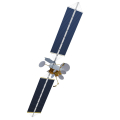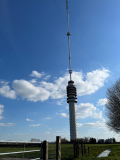TIA celebrates Automotive Memoranda of Understanding with 5GAA and BMW Group
22 Jan 2024
ESA is actively working to accelerate the use of space within the automotive sector, celebrating the signing of Memoranda of Understanding (MoUs) with the 5G Automotive Association (5GAA) and BMW Group.











